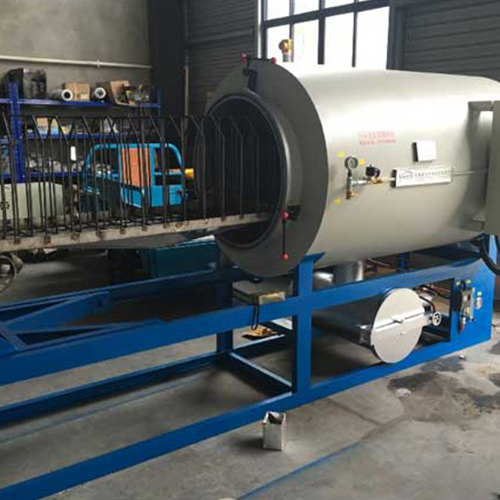There are physical absorbents and chemical absorbents for waste gas treatment equipment.
(1) the absorption capacity is large, that is, the absorption rate of the unit volume absorbent to absorb harmful gas, while the absorption of other non-harmful gas components is as little as possible. That is, the selectivity.
(2) the saturated vapor pressure should be low to reduce the loss of absorbent.
(3) the boiling point should be appropriate, especially when it is necessary to use distillation to remove impurities accumulated in the absorbent, the boiling point of waste gas treatment equipment manufacturers of paper mills will bring difficulties to distillation.
(4) also requires that viscosity is small, thermal stability, corrosion is small, non-toxic, not easy to burn, cheap, convenient source.

Type of absorbent solution
According to the principle of the above mentioned absorbent preparation, the commonly used types of absorbent for waste gas treatment equipment are as follows:
(1) water is used to absorb readily soluble harmful waste gases. The absorption efficiency of water is related to the absorption temperature.
(2) alkaline absorbents are used to absorb harmful acidic gases that can react with alkali.
(3) the solubility of the harmful gas in acid absorption solution in dilute acid is higher than that in water, or chemical reaction may occur.
(4) organic absorption liquid is generally available for organic waste gas.
Aop-grade oxidation technology is a new technological method based on the reform of the classical chemical oxidation method in the traditional treatment technology. It adopts AOP technology to deal with odorous gas. After the reaction of hydroxyl radical with organic matter in sterilization, disinfection and deodorization, the final products are CO2, H2O and harmless carboxylic acid. The oxidizing catalyst is a noble metal oxide. Under the action of the catalyst, the oxidant produces highly oxidizing hydroxyl radical (OH), which can decompose almost all organic matters and oxidize the hydrogen (H) and carbon (C) contained in it into water and carbon dioxide. In addition to power consumption, water consumption, no other raw materials, no secondary pollution, no secondary treatment.












